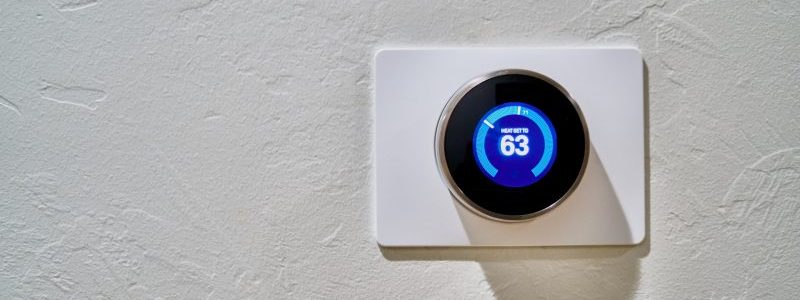While the rise of the smart home and IoT devices has certainly made our lives more convenient and productive, we’re unfortunately also giving hackers more infiltration points to our homes. There have already been reports of breaches and hackers spying, stealing from, as well as actively tormenting people. For instance, a couple from Milwaukee saw their thermostat turned up and heard a disembodied voice coming from the speakers.
Since the smart home is still relatively new, scientists are still understanding the risks they present. This is so they can communicate these to users, while also alerting manufacturers to develop security solutions to their products. However, you can also do your part in protecting yourself from cybersecurity problems. One way is to know which of your devices can most likely serve as entry points to cybercriminals. Below are some of these technologies:
Smart locks
Smart locks let you lock and unlock the front door, and monitor who enters the house. They also remove the need for spare keys that can get stolen. So as long as everyone keeps their smartphone with them at all times, no one can mess with the smart lock, right? Unfortunately, it’s not that simple.
A smart lock that’s been infected with malware can pass certain information to a hacker, such as what the security code is if the smart lock utilizes a keypad. Another is that a hacker may track the lock to know when residents are at home or not. The Hickory Smart Lock is one such lock that has a number of vulnerabilities, such as insecure storage of sensitive data and cleartext transmission of sensitive information.
There are a few ways you can protect your smart lock from being hacked. Some examples are making sure your lock uses 2-factor authentication and that it allows the use of long passwords (at least 16 characters long). Proper AES encryption and a high ANSI grade are helpful as well.
Robot vacuums
Another unlikely device is something that you give free rein around your house. Robot vacuums have become more of a necessity than a luxury. With features that range from room mapping capabilities to a self-emptying bin, you can leave these devices to clean any room while you do something else.
However, a hacked robot vacuum can prevent owners from using it since hackers have taken control of it — allowing them to roam around the house and possibly listen in on conversations. The Trifo Ironpie robot vacuum is one that has quite a number of vulnerabilities since it also has a mounted camera to act as a security device. Among its reported flaws is to allow third parties to spy on a user through video streams, and access the map the robot makes of its owner’s house.
One of the basic ways to prevent your vacuum from being hacked is actually to disconnect it from the internet. This may remove certain conveniences, such as scheduling cleaning cycles. However, it won’t be in danger of leaking information about your house, such as the floor map it uses to clean your rooms. Alternatively, you can ensure that your internet router is very secure so hackers can’t access the vacuum through it.
TVs
TVs are one of the most popular smart devices in the living room, second only to speakers. Since they can be used the same way you’d use a smartphone or a laptop, they can also get the same kinds of malware. These malware are capable of dangerous acts such as turning on the camera and speakers to cyberstalk you and your family, even though the TV itself appears turned off. They can also steal sensitive data, such as payment information from the app store.
An event where a smart TV was infected with malware was a worm that infiltrated Amazon Fire TVs, which put users at risk of a cryptocurrency-mining Android virus. While this worm didn’t specifically target Fire TVs, the Android-based OS of the TVs made them more vulnerable. You can protect your smart TV the same way you protect your computers — such as by always keeping the software up to date and downloading only trusted applications.
Article Written by Gina Reese for cyberintelmag.com







